Duration: 2 hours
In this lesson, the instructor discusses the significance of soil for micro- and macro-ecosystems, as well as the tools for constructing and rejuvenating soil.
Healthy soil is the foundation of all terrestrial life on Earth. Its health is crucial not only in agricultural areas, but also in forests, uncultivated areas, and urban settings.
Healthy soil is essential for the growth of plant cover, which directly and indirectly supports life by:
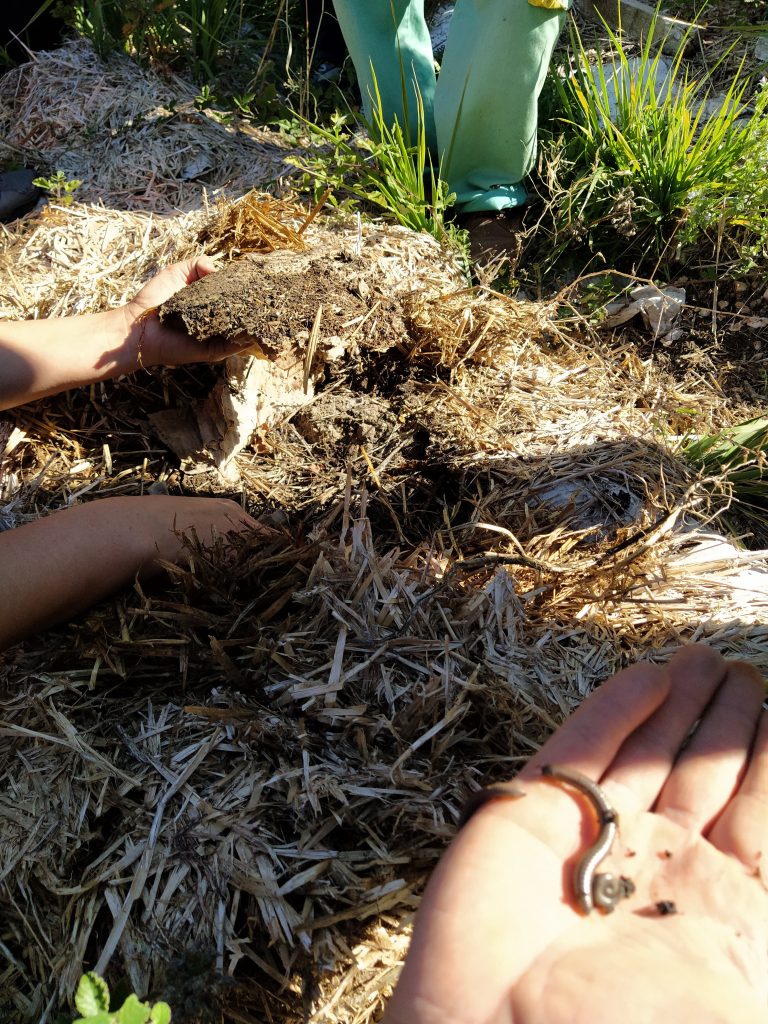
Considering the size of mineral particles, soils can be classified as:
The composition of a soil sample, including its mineral particle sizes, indicates the type of soil, usually a mixture of clay, silt, and sand in varying proportions.
The acidity or alkalinity of the soil depends on its chemical reaction and affects which plants can grow best. Most soils have a neutral pH, or close to it, being slightly acidic or slightly alkaline. Soils with extreme acidity or alkalinity are very rare.
The entire soil food web relies on plants. Through photosynthesis, plants take carbon from the air, use some for themselves, and release the rest into the soil as simple sugars.
The soil is home to many types of microorganisms, ranging from simple bacteria to complex fungi, amoebas, flagellates, and nematodes. Just like the visible world, there is a bustling microscopic life.
Some microorganisms work together with plants, forming symbiotic relationships by living on the sugars that plants release through their roots. In exchange, they protect the plants from harmful organisms and provide them with essential nutrients. Others are parasites or act as hunters, while some help decompose dead organic matter.
Living organisms capture carbon and nitrogen from the atmosphere, gradually increasing the amount of biomass in the soil. Microbiological processes transform dead organic matter into humus over time.
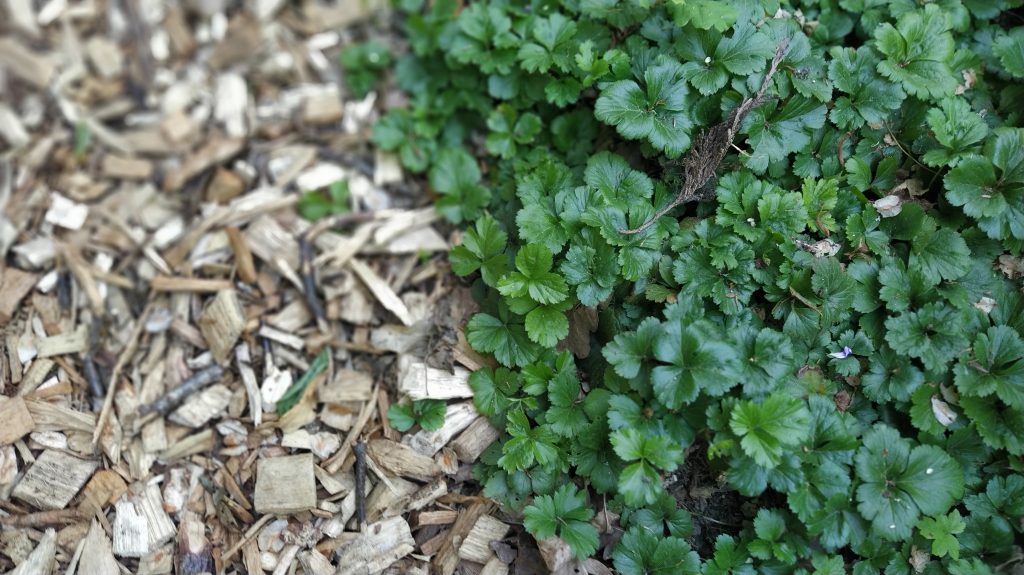
Humus is formed when dead organic matter is converted into complex compounds through a process called humification, which is driven by microbiological activity in the soil.
Soil fertility is the soil’s ability to support plant growth, and it depends directly on the amount of humus in the soil.
Regardless of the soil type, the increase in organic matter, and the gradual increase in the proportion of humus in the soil, improves the soil’s structure and texture, enhances water absorption and retention, and improves soil permeability. All of these factors directly contribute to improved soil fertility.
Since the early days of agriculture, humans have used a variety of tools to cultivate the land. They started with wooden sticks and ploughs, and later transitioned to using domesticated working animals with ploughs. Over time, wooden tools were gradually replaced by metal ones. As farming areas expanded, the need for stronger work animals grew, leading to selective breeding for larger and stronger animals. This allowed for the cultivation of larger areas and deeper ploughing of the soil. Additionally, simple ploughs that only furrowed the surface were replaced by more advanced ploughs that turned over the earth. As agriculture expanded, forests were cleared for grazing, resulting in the decline of wilderness areas and a decrease in the number of large carnivores in Europe, with some species disappearing completely.
Since the introduction of internal combustion engines and the availability of cheap oil, the frequency and depth of mechanical tillage have significantly increased. Agricultural machinery has become bigger and stronger, leading to more frequent crossings over arable land.
In the 1950s, the use of mineral fertilizers and pesticides increased. Plots have grown larger, and monoculture cultivation of several species has become the basis of food cultivation. Hybrid wheat, corn, and rice have become the primary crops. Yields per hectare have more than tripled since the 1950s. The way we raise animals has also changed, with cattle and sheep moving from pastures to large industrial farms, relying on food grown on arable land.
However, this success in breeding comes at a cost. The reduced variety of cultivated crops has led to an overall reduction in biodiversity, with natural habitats shrinking and disappearing.
Plowing and turning over the land degrades and destroys microbiological soil ecosystems. Increased oxidation returns to the atmosphere a greater amount of carbon than the land is able to absorb. The amount of humus in the soil decreases and disappears. The soil loses its ability to absorb and retain water. Bare plowed land is vulnerable to erosion caused by wind and rain.
Spraying monoculture fields with pesticides indiscriminately poisons all organisms, both those we are trying to suppress and those that are collateral victims. All living things are suffering, both above ground and soil microbiology.
Excessive use of mineral fertilizers does not contribute to soil health either. Plants absorb and use only a small part; the rest seeps into the deeper layers of the soil and pollutes underground and above-ground water.
In order to minimize and prevent soil erosion caused by water movement, we implement various structures. Depending on the climate, soil type, terrain slope, and precipitation frequency and amount, we select the most suitable solutions for our specific conditions. The objective is to decelerate water movement across the terrain and evenly distribute it. Slower-moving water has more time to seep into the soil, making it more beneficial for plants, especially agricultural crops. Drywalls, terrain terracing, swales, accumulation channels based on contour lines, dams, and similar structures are tools that enhance rainwater absorption into the soil. Additionally, ponds, puddles, reservoirs, and other water storage methods can be used to store excess water for use during dry periods.
Excess water on the ground can be drained using drainage channels, absorption wells, and ditches. It is important to carefully plan any structural changes to the land before starting any work. A well-designed and implemented water management system is a long-term investment in soil health.
The use of heavy machinery on the cultivated plot directly impacts soil compaction. The tractor, which is the towing vehicle, pulls the necessary attachment for the work. By following the sequence of plowing, disking, harrowing, sowing, and top-up with liquid fertilizer, the tractor can be connected to perform multiple operations in one pass, reducing soil compaction and saving time and money on fuel.
Plowing overturns the soil layers, burying the upper humus layer and plant cover while bringing the lower soil layer to the surface. This process increases the soil’s exposure to air (oxygen) and causes the oxidation of accumulated carbon, releasing it into the atmosphere. However, frequent plowing can lead to the formation of a compacted layer of soil, known as a plow sole, which restricts the growth of plant roots. Alternatives to plowing, such as subsoilers, penetrate and aerate the soil without overturning its layers. This helps preserve the soil’s structure, texture, and microorganism habitat, allowing aerobic organisms to thrive in deeper layers.
A subsoiler also breaks up the resulting plow sole. The immediate benefits include improved water infiltration and the development of deeper and stronger plant roots. To make better use of rainfall and reduce erosion, the subsoiler should be used along the contours of the terrain, creating furrows that also function as swales..
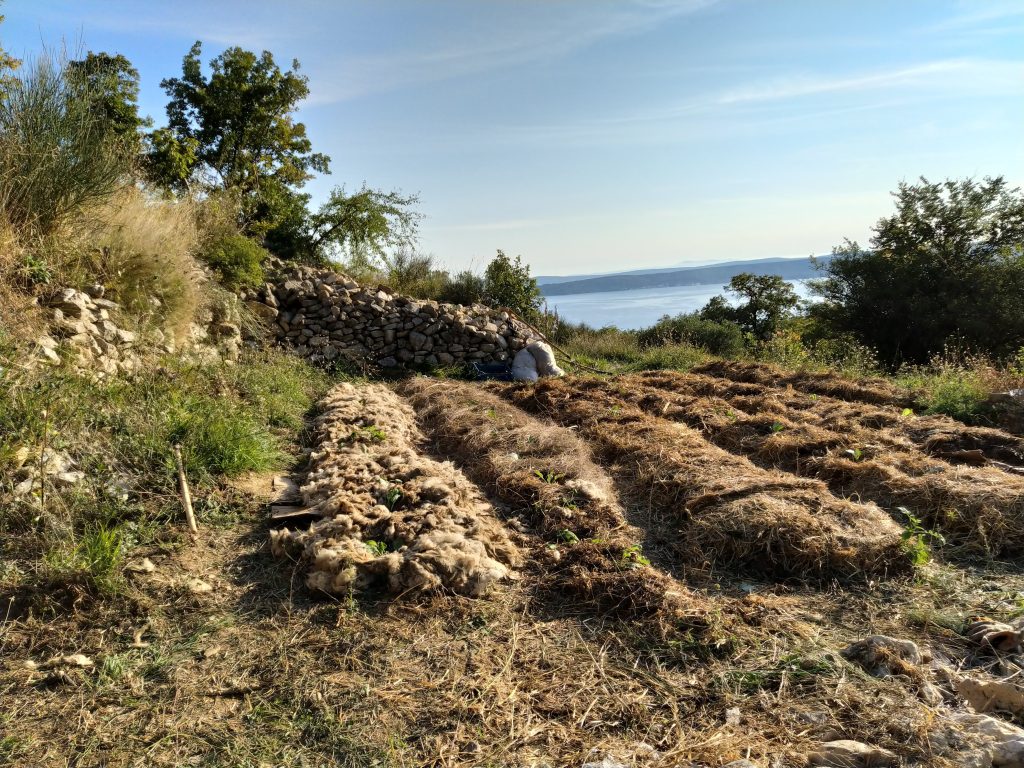
Mulching involves covering the cultivated soil with organic materials such as straw, hay, compost, and wood chips. This practice helps to suppress the growth of unwanted weeds, protect the soil and its microorganisms from UV rays and overheating, and prevent rainwater from collecting on the surface. As a result, water infiltrates into the soil more slowly, reducing evaporation and maintaining a consistent temperature and moisture level. The presence of mulch also fosters a more active microorganism community, as it serves as a source of food and eventually decomposes to enrich the soil. While mulching is practical for small cultivation areas, gardens, and flower beds, it is not cost-effective for large-scale applications.
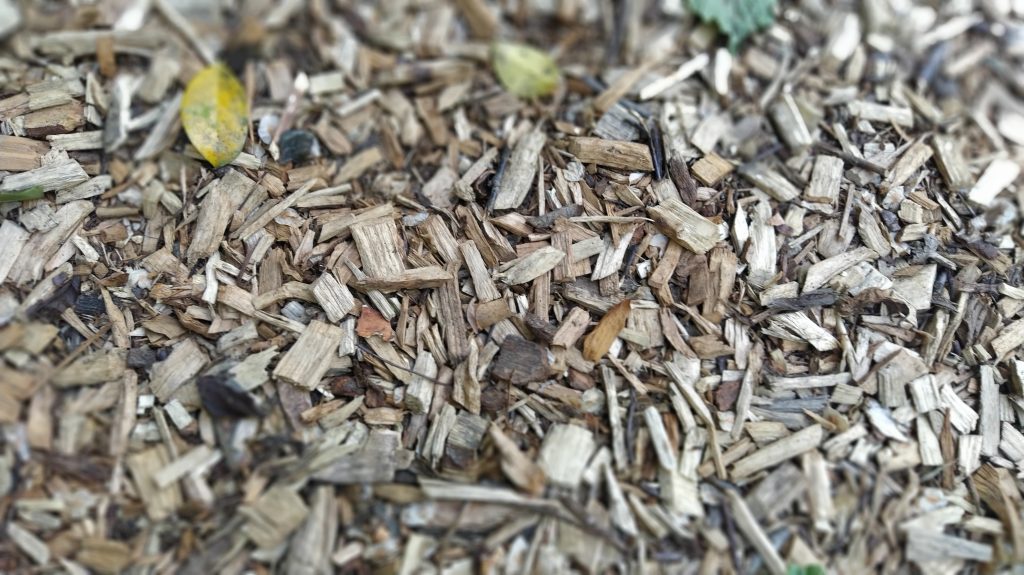
Mulch doesn’t have to be dead organic matter, nor does it need to be brought from another location. When working with larger areas, it’s more practical to grow mulch in the same area where the main crop is grown. The key is to prevent bare land without vegetation. By planting ground cover when the plot is not used for the main crop, we protect the soil and the microorganisms in it. This enables additional photosynthesis and carbon accumulation in the soil through the interaction of plants and microorganisms. Any plant cover, even wild “weeds,” is better for the soil than bare soil.
The newly grown biomass will become food for microorganisms after we destroy it before sowing the main crop. Different plant species have different needs for nutrients, root depth, and structure, and each achieves symbiosis with a different set of microorganisms in the root area (rhizosphere). By encouraging plant species diversity, we also encourage biodiversity in the soil. We shallowly plow the green cover into the soil before sowing the main crop, which is known as green fertilization or sideration.
We can also destroy the cover crop by laying it down or mowing it. This way, the aerial part of the plant does not dig into the soil; it remains on the surface and continues to protect the soil and the new crop. It’s possible to sow directly into the mulch without previous plowing, by hand or machine. The pioneer of this method of sowing was Masanobu Fukuoka (author of the book “One Straw Revolution”). Before sowing, the seeds can be “packaged” in clay balls (seed balls) or sown directly without prior preparation.
In urban conditions, large soil areas are generally not used for growing food. Most often, they are parks with grassy areas for all residents. Public areas, including green areas, are mostly under the administration of the city or utility companies. However, plants in parks also require healthy soil and are subject to the same natural laws as everyone else. They need sufficient sun and water, deep enough soil for root development, enough nutrients, and diverse and numerous soil microbiology to help them grow.
The principles of building healthy soil in parks are the same as in other planting areas. We must regulate water movement through the terrain, prevent erosion caused by water and wind, and strive for maximum biodiversity on the planned planting area. A great biodiversity of plant cover also ensures a diverse microorganism population in the soil. We should choose native and non-native plant species adapted to local conditions when selecting plants, without losing sight of the basic function of green areas in the city.
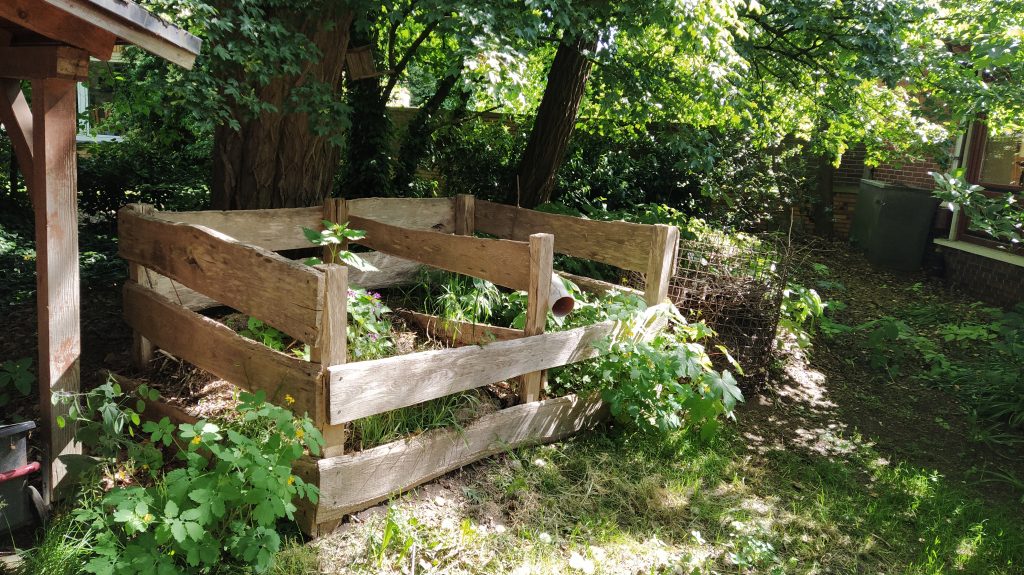
The aim of this lesson is to emphasize the significance of maintaining healthy soil, practicing soil conservation, and understanding soil formation. It will also highlight different methods of creating and maintaining healthy soil, both in urban environments and in gardens or larger areas.
Once the contents of the jar have settled, we will interpret the individual layers, their characteristics, and assess the suitability of the soil from which the sample was taken for the intended purpose. If a deficiency is identified (e.g., lack of humus), we will discuss solutions to address the observed problem, such as adding humus or mulching.